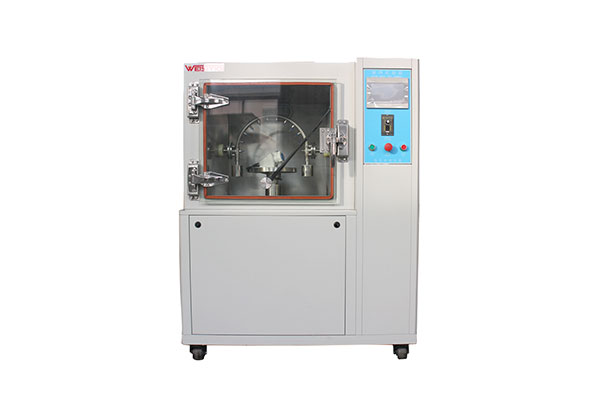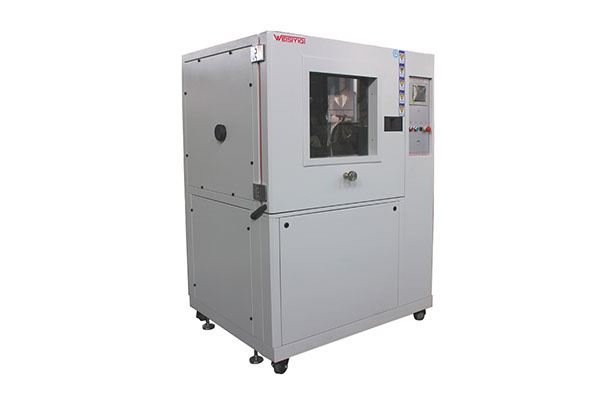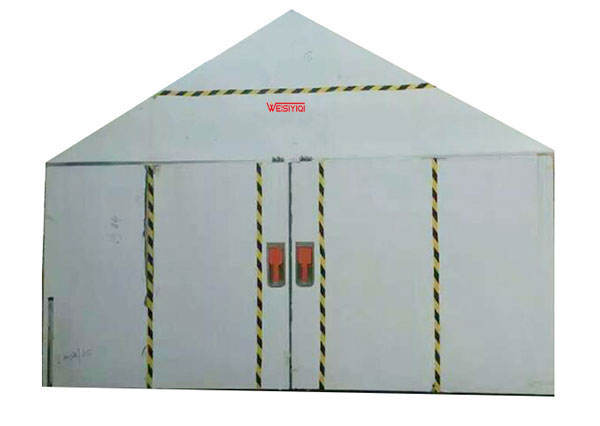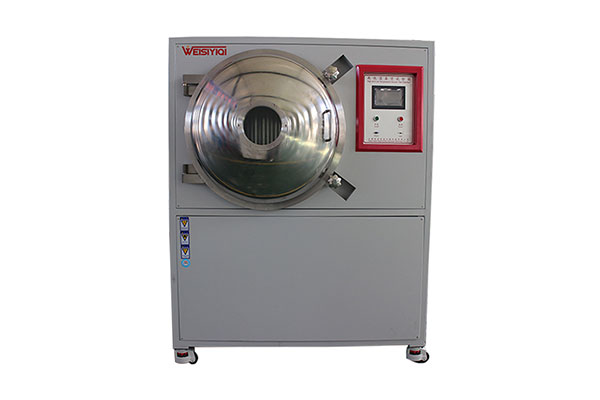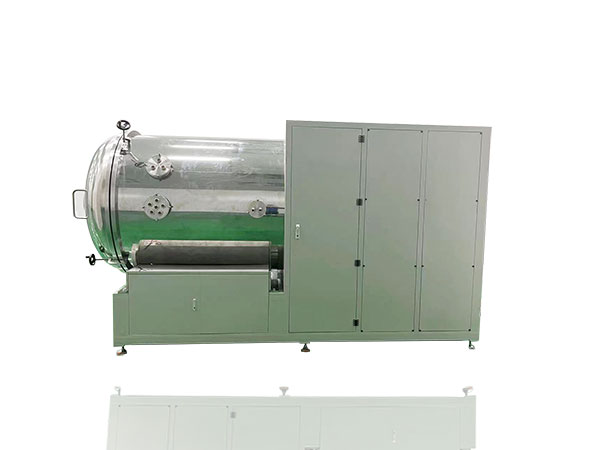1、 Introduction to hot vacuum test chamber:
A ground experiment that simulates the vacuum, cold black, and solar radiation environment of a spacecraft in space. This type of test is conducted on individual units (components), subsystems, and spacecraft as a whole. During simulation experiments, the specimens are often in working condition and their working parameters and environmental parameters are measured
2、 Vacuum environment simulation:
The vacuum level in the environment where the spacecraft is located is 13.3-13.3 × 10-10 millipascals (10-4-10-14 mmHg). From the perspective of heat transfer, a vacuum level of 13.3 millipascals is sufficient to simulate the thermal and physical properties of the spacecraft. In order to save experimental costs, the vacuum degree used in thermal vacuum testing is usually set to be better than 13.3 millipascals
In order to evaluate and study the dry friction and cold welding performance of certain moving parts and stretching mechanisms, as well as the sublimation, weight loss, aging and other effects of materials under vacuum conditions, it is necessary to conduct experiments under a combination of higher vacuum degrees and other spatial environmental factors. At this time, a vacuum degree of 13.3 × 10-1 to 13.3 × 10-10 millipascals (10-5 to 10-14 mmHg) can be obtained in small and medium-sized space simulators
3、 Cold black environment simulation:
The thermal background temperature of the universe is 4K, with an absorption coefficient of 1, equivalent to an ideal blackbody. When simulating this heat sink effect on the ground, a black radiation screen cooled by liquid nitrogen is usually used, with a simulated temperature below 100K and an absorption coefficient greater than 0.9. When the ratio of simulation room to spacecraft characteristic size is greater than 2:1, the thermal simulation error is less than 1%, which can be corrected through theoretical calculations. For the calibration test of remote sensors, the background temperature of the heat sink should be below 20K
4、 Simulation of solar radiation environment:
The solar electromagnetic radiation is equivalent to a 6000K blackbody radiation and is the main external heat source for spacecraft. Spacecraft around the Earth are also subject to Earth's reflection and infrared radiation in orbit
Solar simulators typically use carbon arc lamps or high-pressure short arc xenon lamps as light sources, coupled with off-axis, coaxial, or divergent optical systems to create certain irradiation intensity, spectrum, uniformity, and quasi right angles to simulate the intensity and energy spectrum distribution of sunlight. Due to the enormous cost of manufacturing and testing solar simulators, heat flux simulation is often used instead of solar simulation for most spacecraft with less complex shapes. The heaters used include infrared heaters, quartz lamp arrays, cage type resistors, patch type resistors, electric heating tubes, and their combinations. The disadvantage of this method is that it cannot simulate the energy spectrum and collimation of sunlight
For spacecraft with complex shapes and special components such as solar panels, sun sensors, and large antenna structures, it is still necessary to conduct irradiation tests using a solar simulator
5、 Standard for hot vacuum test:
Currently, there are very few laboratories capable of conducting thermal vacuum tests in GJB 3758-99, mainly including the Environmental Reliability and Electromagnetic Compatibility Testing Center, the Aerospace Environmental Reliability Testing and Inspection Center, etc.


